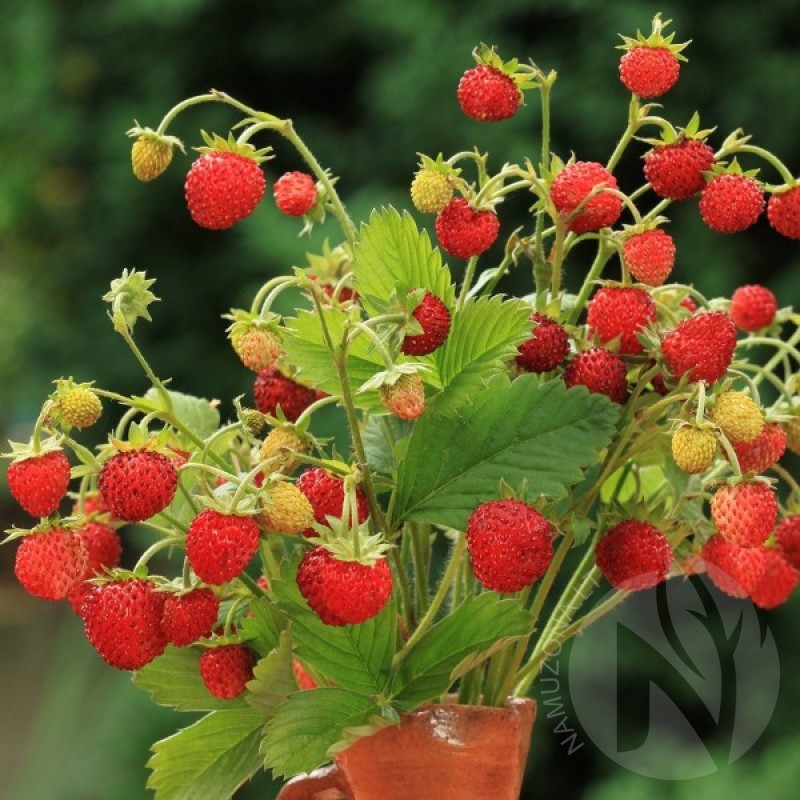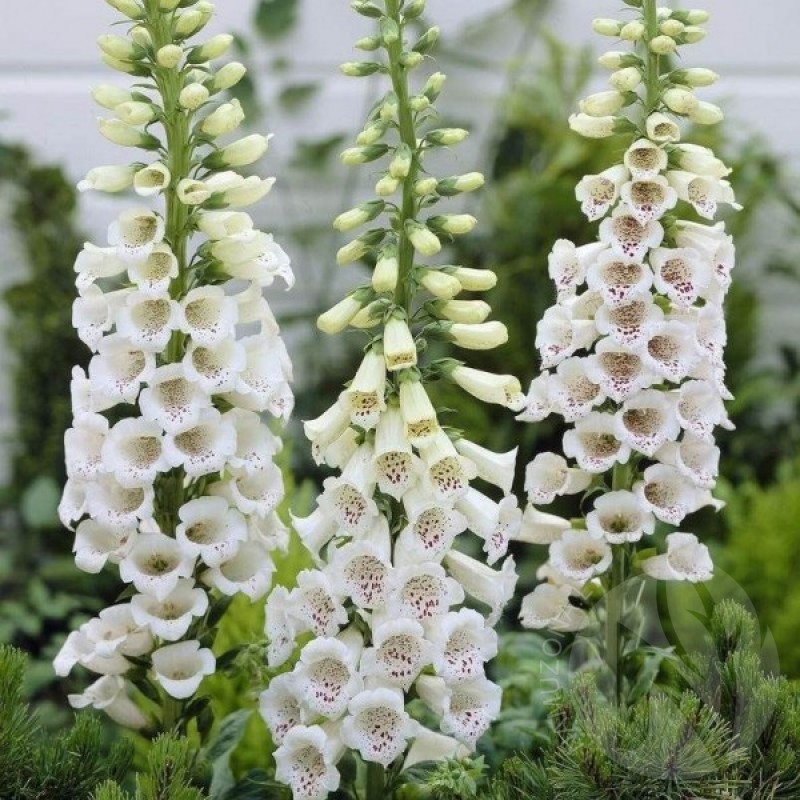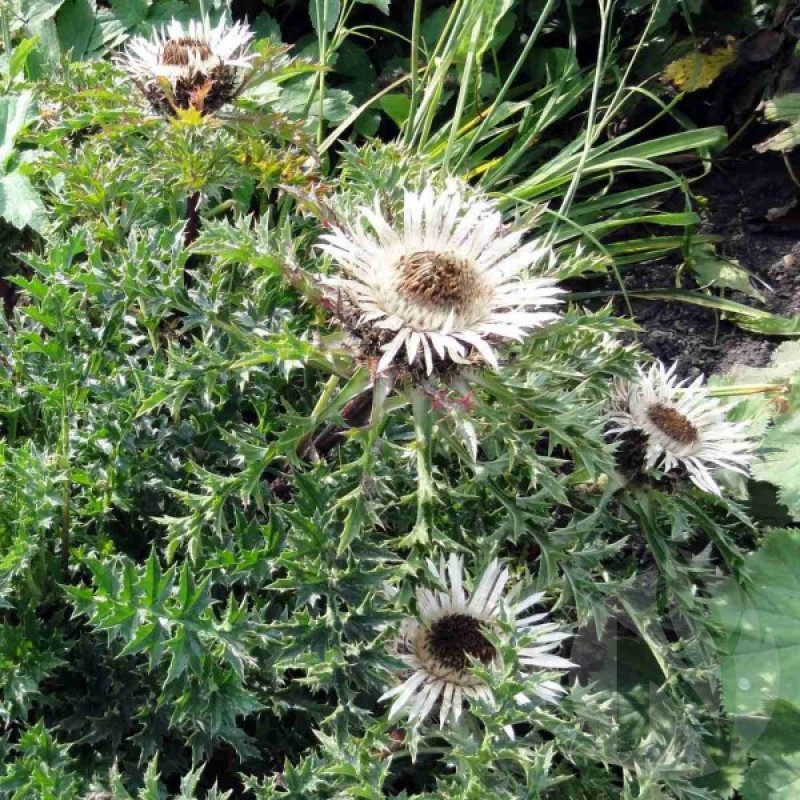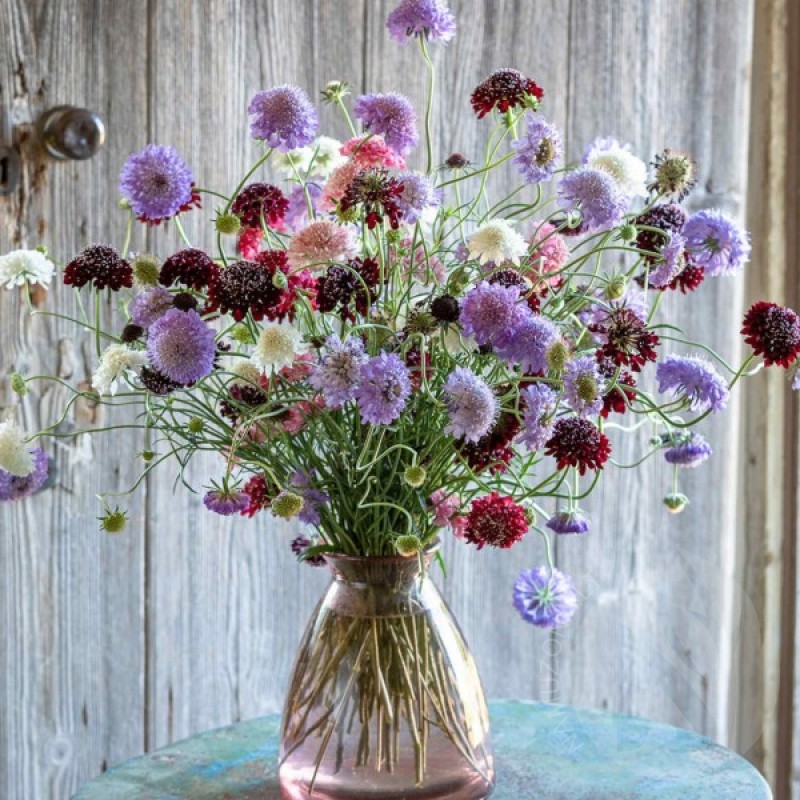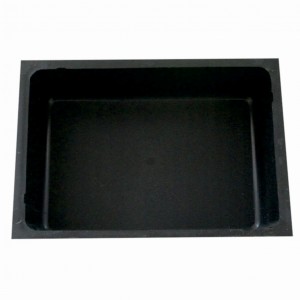

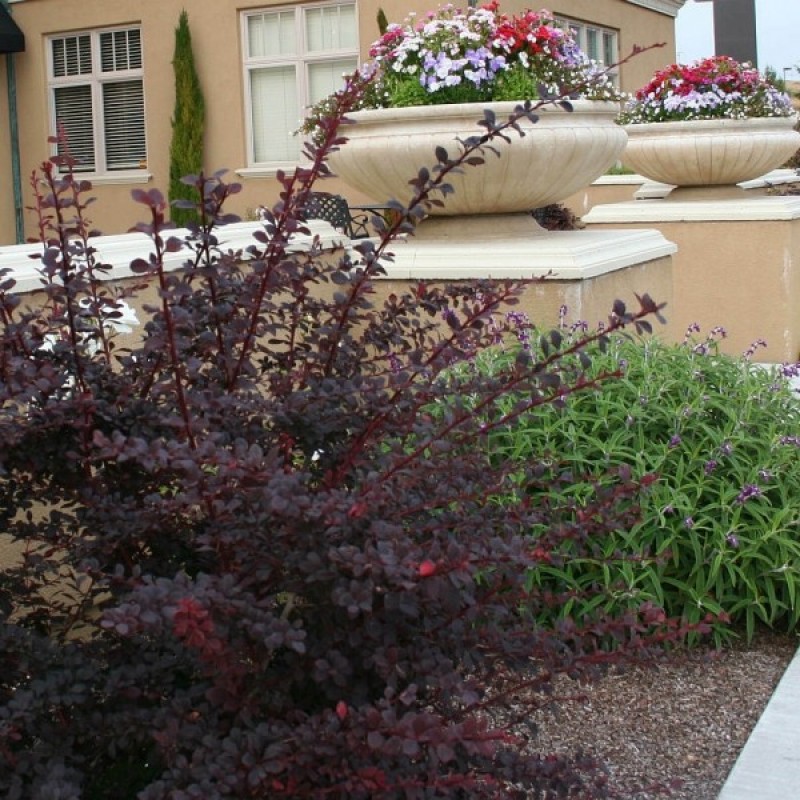
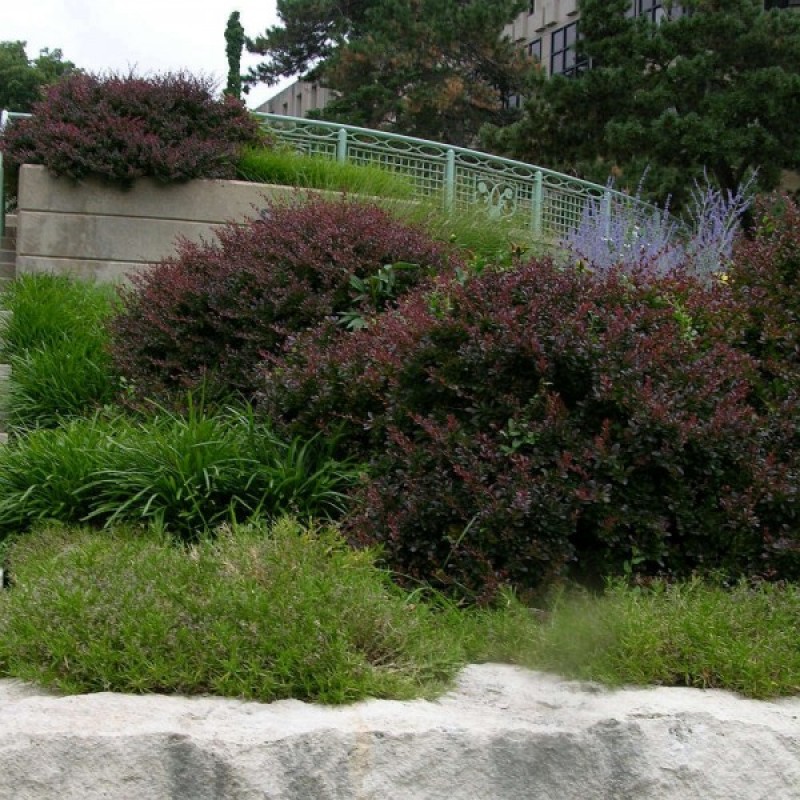

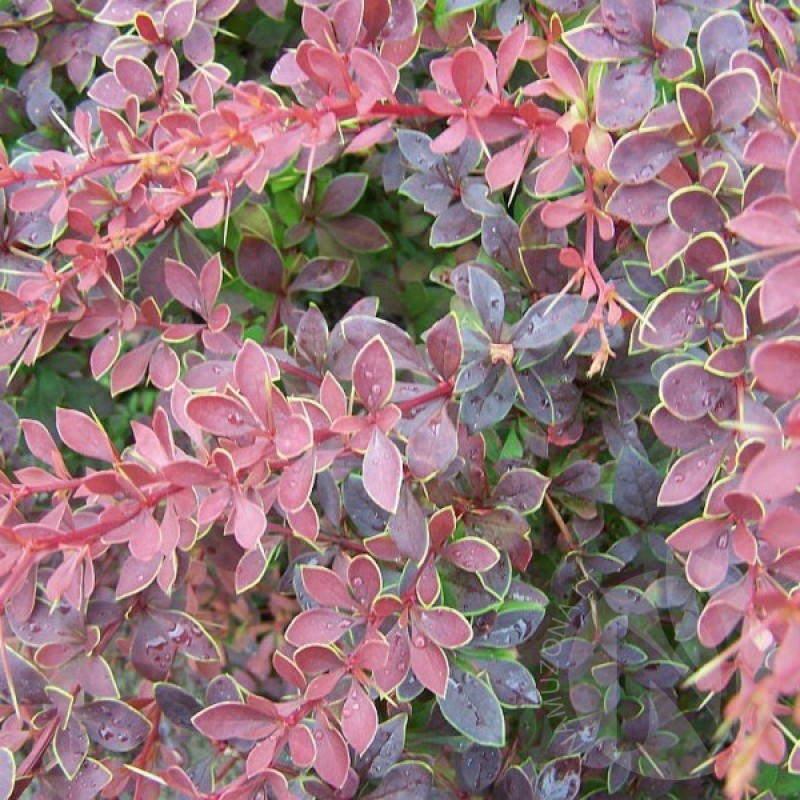
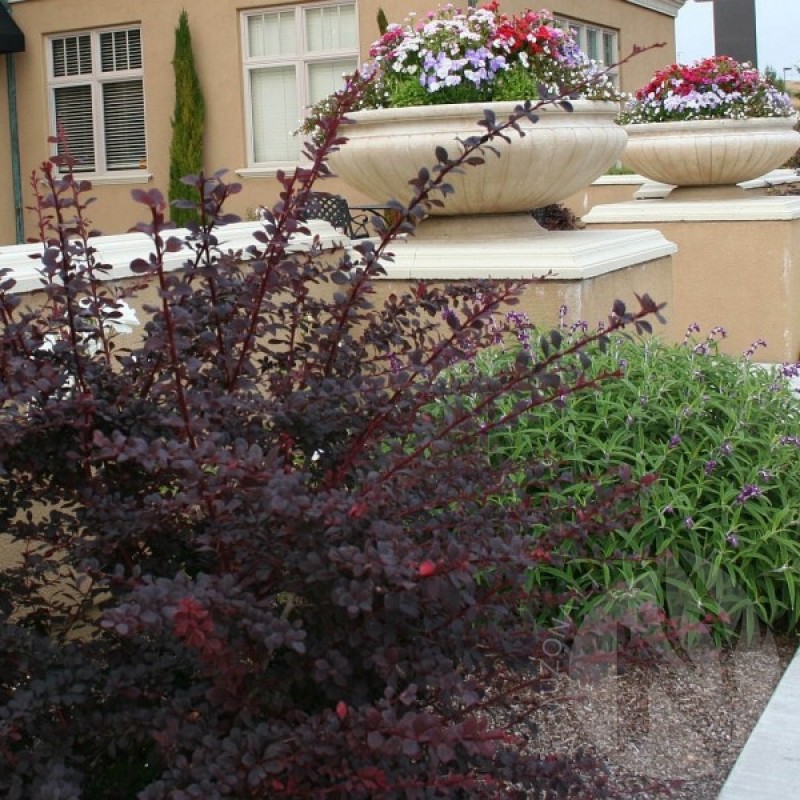
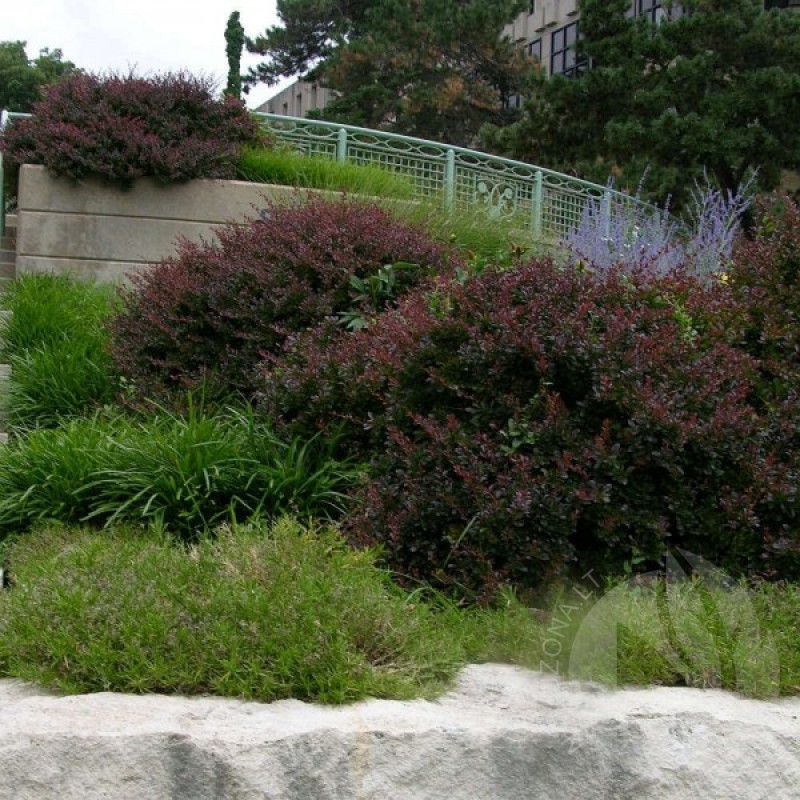
PAY ATTENTION!
All seeds (except SOLD OUT) are available for immediate shipping and will be dispatched within 1-2 business days.
INFORMATION NEEDED? PLEASE CONTACT US NOW!
Purpleleaf Japanese barberry is a dense, vase-shaped shrub that originates from eastern Asia. It has glossy, purple-green leaves that turn shades of red, purple and orange in fall. Bright red berries, which are attractive to birds, appear in late summer to fall and persist into winter.
This is a tough, sun-loving plant that is tolerant of many soil types and sites. It has been known to self-sow and can become somewhat invasive. Though thorny, it is suitable for hedges and barriers and makes a nice accent plant for mixed borders. Take care not to plant barberry in areas where children play.
Berberis thunbergii is sometimes considered an invasive plant particularly in the northeastern United States. It can form dense thickets in natural areas where it changes soil characteristics and displaces wildlife.
Prefers a warm moist loamy soil but it is by no means fastidious, succeeding in thin, dry and shallow soils. Prefers a lime-free soil according to one report. Grows well in heavy clay soils. Succeeds in full sun or light shade. Plants are hardy to about -25°c. A commonly grown ornamental plant, there are many named varieties. Plants can be pruned back quite severely, they resprout well from the base. Unlike most other members of this genus, this plant does not usually hybridize with other species. An alternate host of 'black-stem rust' of wheat so it has been extensively grubbed up from its habitats. This species is notably resistant to honey fungus.
Genus - Berberis
Species - Thunbergii
Variety - Atropurpurea
Common name - Japanese Barberry
Pre-Treatment - Required
Hardiness zones - 4 - 8
Height - 3'-6' / 0,90 - 1,80 m
Spread - 4'-7' / 1,20 - 2 m
Plant type - Medium Shrub
Vegetation type - Ornamental deciduous
Exposure - Full Sun, Partial Shade
Growth rate - Medium
Soil PH - Acidic, Neutral, Alkaline
Soil type - Clay, Loam, Sand
Water requirements - Average water needs. Water regularly, do not over water
Landscape uses - Feature Plant, Foundation, Hedges, Mixed Border
Bloom season - Spring, Late Spring
Leaf / Flower color - Green, Purple, Burgundy / Yellow, Yellow Green
GERMINATION INSTRUCTIONS
For faster germination, soak the seeds in slightly hot water for 24-48 hours, followed by cold stratification before sowing in sterile gardening soil.
1. Mixed in seeds with slightly moistened vermiculite or peat, only damp in a ziplock bag. Close zip bag shut and store it in the salad crisper compartment of your refrigerator for 90 days.
If any seeds begin to sprout during the cold stratification, simply remove the seed and plant 3 mm (/8") deep.
2. Keep damp soil, not soaking wet. Keep the pot in warm situation +20-+24C (68-75F).
Germination can take 2-3 months.
Atsiliepimų apie šią prekę kol kas nėra.
No questions about this product.

